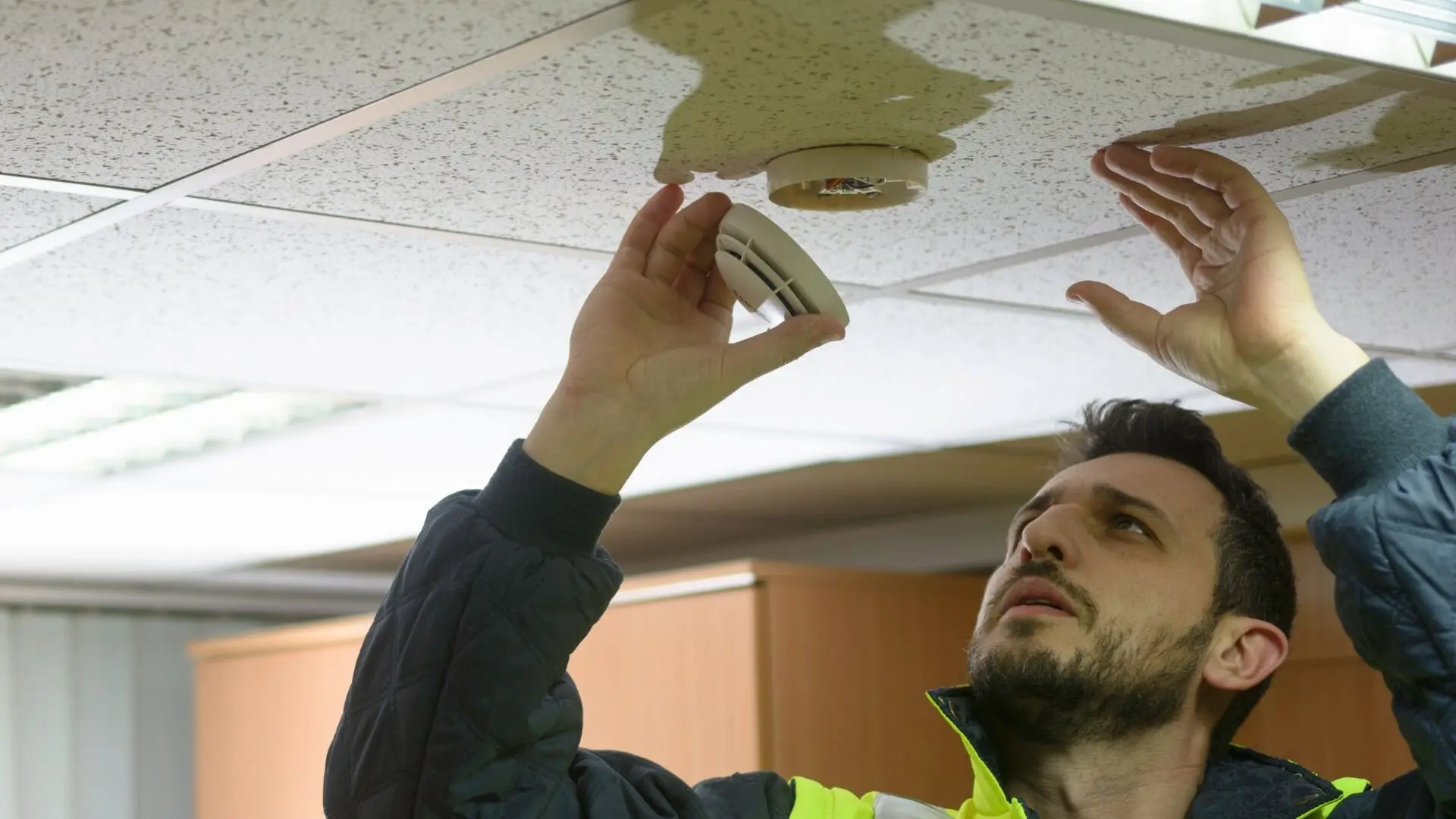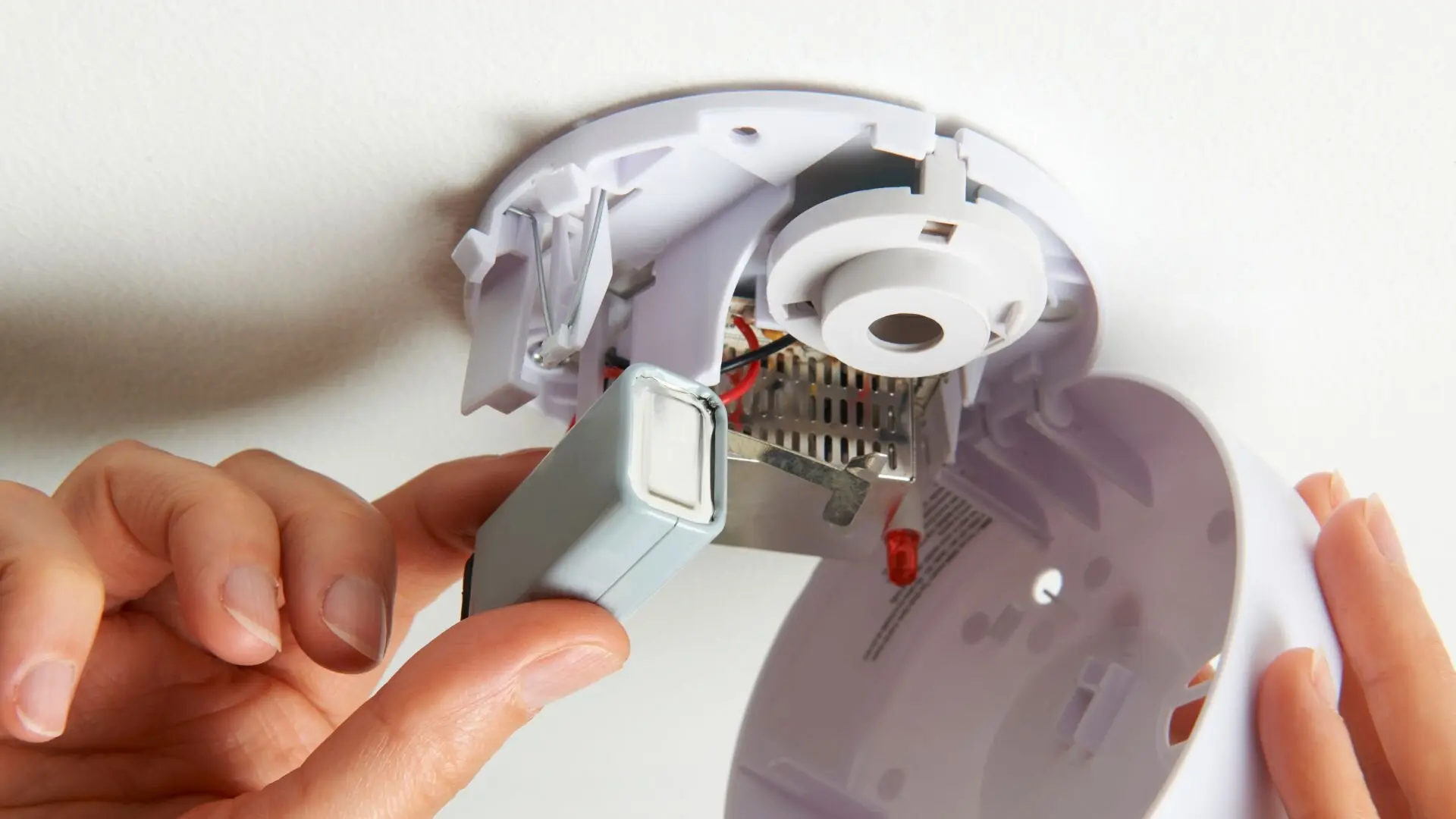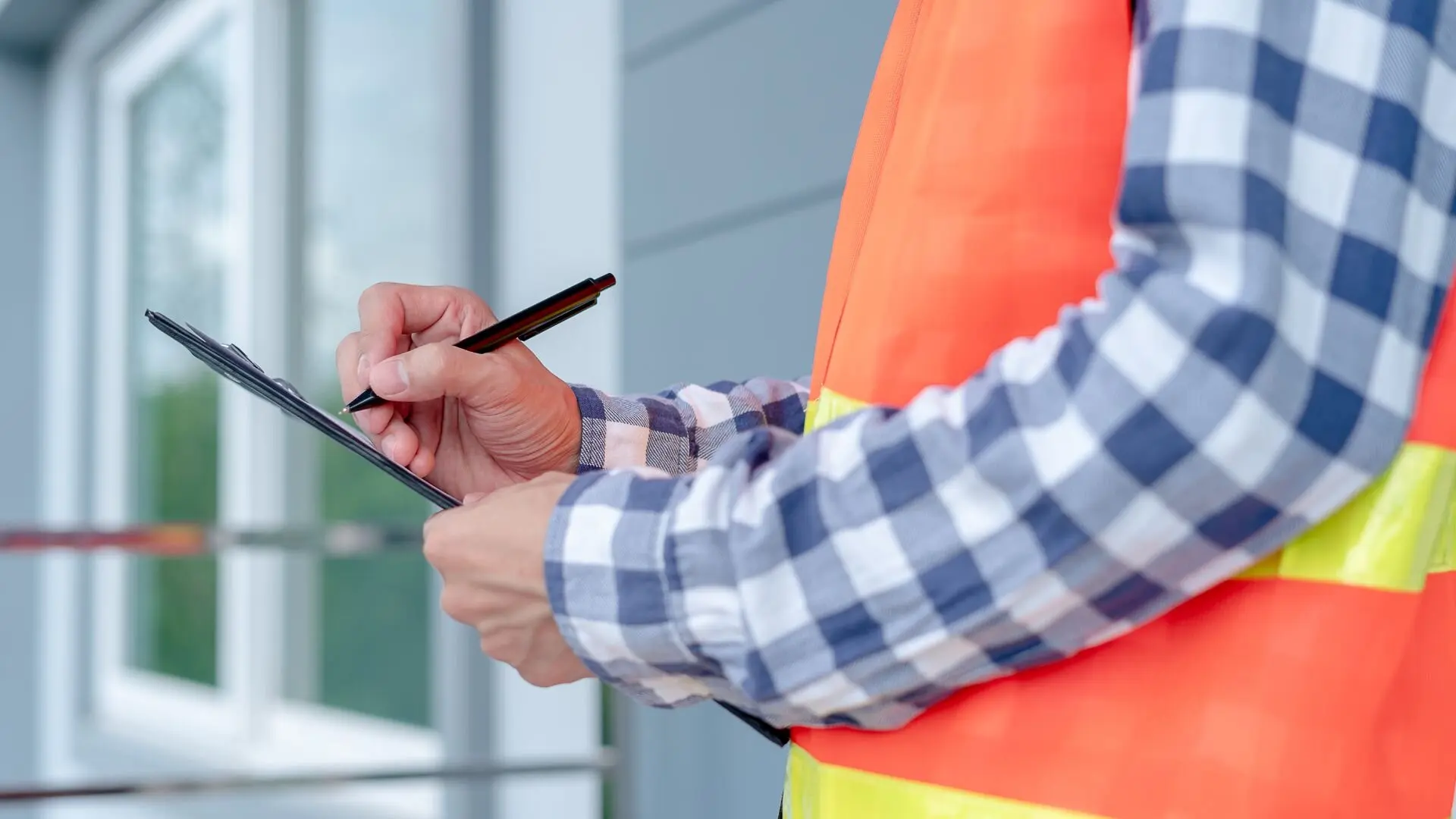
At Enersol, our Residential Electrician Gold Coast - Smoke alarms play a vital role in keeping your home safe by detecting smoke and alerting everyone, offering those precious moments needed to escape a fire. However, if these alarms aren’t functioning right, it puts your entire household’s safety at risk.
A malfunctioning smoke alarm isn’t merely an inconvenience; it’s a critical issue that demands immediate attention. Learn more about electrical renovation planning guide. Overlooking a faulty alarm can endanger lives and compromise the essential warnings these devices provide. The stakes are much too high to ignore.
This guide delves into why smoke alarms might fail and offers expert tips on troubleshooting and fixing them. Whether it’s replacing batteries or cleaning sensors, and knowing when it’s time to contact a professional electrician, we’ll give you the insight to keep those alarms in top shape.
Don’t wait until it’s too late—a malfunctioning smoke alarm requires swift action. By following the advice in this article, you can restore your smoke alarms to full functionality and regain peace of mind, knowing that your home and family are protected. Let’s dive in and learn how to tackle smoke alarm problems head-on.
Why Working Smoke Alarms are Crucial for Home Safety
You can’t overstate how crucial working smoke alarms are for keeping your home safe. They serve as the first defence against destructive house fires, offering early warnings that could make the difference between life and death.
Smoke alarms are designed to sense the presence of smoke particles in the air, triggering an audible alarm to alert occupants of a potential fire. This early warning system is crucial, as fires can spread rapidly, engulfing a home in minutes. By detecting smoke in its initial stages, smoke alarms grant occupants valuable time to evacuate safely and contact emergency services.
Tragically, many fire-related deaths happen in homes lacking working smoke alarms. Having a smoke alarm can cut the risk of fire fatalities by up to 50%, with about 70% of fire deaths occurring in homes without them. These statistics powerfully highlight the life-saving importance of functional smoke alarms.

Common Causes of Smoke Alarm Malfunctions
Smoke alarms are essential for fire safety but can malfunction due to various factors. Common causes include dead or depleted batteries, dust and debris accumulation on sensors, age-related deterioration, improper placement, electrical or wiring problems, environmental factors, and lack of regular testing and maintenance.
To keep your smoke alarms effective, replace the batteries at least annually, clean the sensors often, and replace any alarms past their prime. It’s also wise to have alarms on every level of your home, placed away from windows, doors, or vents. Monthly testing is crucial too. For hardwired alarms, a licensed electrician should check for and resolve any electrical issues.
By understanding and addressing these common causes of malfunctions, homeowners can ensure the reliability of their smoke alarms and protect their homes and loved ones from fire-related dangers.
How to Replace Smoke Alarm Batteries
Replacing smoke alarm batteries is a simple yet critical task that every homeowner should prioritise to ensure the uninterrupted functioning of these life-saving devices. Follow these step-by-step instructions to replace your smoke alarm batteries efficiently:
1. Gather the necessary tools and supplies:
- A ladder or step stool for reaching the smoke alarm
- New batteries (refer to the manufacturer’s recommendations for the correct type and size)
- A screwdriver (if required for opening the battery compartment
2. Locate the smoke alarm and carefully remove it from its mounting bracket. Most smoke alarms have a twist-and-lock mechanism that allows for easy removal. If you’re unsure, consult the manufacturer’s instructions.
3. Open the battery compartment on the back of the smoke alarm. Some models may require a screwdriver to access the compartment.
4. Remove the old batteries and dispose of them properly. To minimise environmental impact, it is essential to follow local guidelines for battery disposal.
5. Insert the new batteries into the compartment, ensuring the positive and negative terminals are aligned correctly. Most smoke alarms use 9-volt batteries, but it’s crucial to double-check the manufacturer’s specifications.
6. Securely close the battery compartment and reattach the smoke alarm to its mounting bracket. Ensure that the alarm is properly locked.
7. Test the smoke alarm by pressing the test button. A loud, audible alarm should indicate that the batteries have been installed correctly and that the device is functioning properly. If the alarm does not sound or is weak, double-check the battery installation or consider replacing it.
It is recommended that smoke alarm batteries be replaced at least once a year, even if the devices do not exhibit any malfunction. To establish a consistent routine, many homeowners choose to replace batteries on a memorable date, such as the first day of spring or when daylight saving time begins or ends.

Cleaning Smoke Alarm Sensors for Optimal Performance
Maintaining the cleanliness of smoke alarm sensors is crucial for ensuring their optimal performance and reducing the risk of false alarms or non-responsiveness. Dust, cobwebs, and other debris can accumulate on the sensors over time, hindering their ability to detect smoke accurately. Follow these step-by-step instructions to clean your smoke alarm sensors effectively:
- Gather the necessary tools and supplies:
- A ladder or step stool for reaching the smoke alarm
- A soft-bristled brush or a vacuum cleaner with a soft brush attachment
- A can of compressed air (optional)
- A damp cloth or sponge
- Locate the smoke alarm and carefully remove it from its mounting bracket. Most smoke alarms have a twist-and-lock mechanism that allows for easy removal. If you’re unsure, consult the manufacturer’s instructions.
- Visually inspect the smoke alarm for any apparent signs of damage or malfunction. If you notice cracks, frayed wires, or other issues, consider replacing it entirely.
- Using a soft-bristled brush or a vacuum cleaner with a soft brush attachment, gently clean the exterior of the smoke alarm, paying particular attention to the vents and openings. This step helps remove any loose dust or cobwebs that may have accumulated on the surface.
- If your smoke alarm has a removable sensing chamber, carefully detach it from the main unit. Use a soft-bristled brush or compressed air to clean the interior of the sensing chamber, being cautious not to damage any delicate components.
- For smoke alarms with a fixed sensing chamber, use compressed air to blow out any dust or debris that may have accumulated inside the vents or openings. Hold the can of compressed air upright and spray in short bursts, ensuring that the nozzle is not too close to the smoke alarm to avoid damage.
- Using a damp cloth or sponge, gently wipe the exterior of the smoke alarm to remove any remaining dirt or grime. Be sure to wring out the cloth or sponge thoroughly to avoid introducing excess moisture into the device.
- Allow the smoke alarm and components to air dry completely before reassembling and reattaching it to the mounting bracket. Ensure the sensing chamber (if removable) is securely reattached, and the alarm is correctly locked in place.
- Test the smoke alarm by pressing the test button to ensure it functions correctly after cleaning. If the alarm does not sound or is weak, double-check the battery installation or consider replacing the smoke alarm.
It is recommended that smoke alarm sensors be cleaned at least once every six months to maintain their optimal performance. Regularly cleaning the sensors helps prevent false alarms and ensures that the devices remain sensitive to smoke, providing reliable early warning in the event of a fire.
When cleaning your smoke alarms, it is essential to follow the manufacturer’s instructions and guidelines. Some smoke alarms may have specific cleaning requirements or precautions that should be observed to avoid damage or voiding the warranty.
When to Seek Professional Help from a Gold Coast Electrician
Many smoke alarm issues can often be sorted with easy fixes like battery changes or sensor cleaning. However, there are times when you’ll need a licensed electrician’s expertise. Knowing when to call in a professional is vital for keeping your alarms safe and functioning well.

There are certain situations where you should reach out to a Gold Coast electrician:
Wiring troubles: For homes with interconnected hardwired smoke alarms, any wiring or electrical issues should be handled by a professional. These issues might cause frequent false alarms, inconsistent performance, or no alarm sound during tests. An electrician can pinpoint and fix these problems, ensuring your alarms work perfectly.
Outdated or non-compliant alarms: Smoke alarm regulations and standards evolve to improve safety and performance. If your smoke alarms are outdated or do not comply with current Australian standards, it is essential to have them replaced by a licensed electrician. They can assess your home’s smoke alarm requirements and install new, compliant devices that meet the latest safety standards.
Interconnected system malfunctions: In homes with interconnected smoke alarms, where one alarm triggers all others to sound, a malfunction in a single unit can impact the entire system. It is best to consult an electrician if you experience issues with an interconnected system, such as alarms not sounding in unison or inconsistent performance. They can identify the source of the problem and repair or replace the affected components to ensure seamless operation.
Persistent false alarms: While factors like cooking smoke or steam can cause occasional false alarms, persistent false alarms without an apparent trigger may indicate a more serious issue. An electrician can investigate the cause of the false alarms, whether a malfunctioning sensor, improper installation, or interference from other electrical devices, and provide appropriate solutions.
Lack of confidence in DIY troubleshooting: If you are unsure how to troubleshoot or repair your smoke alarms or feel uncomfortable working with electrical components, it is always best to err on the side of caution and seek professional assistance. An electrician can provide expert guidance, perform necessary repairs or replacements, and ensure your smoke alarms function correctly and safely.
Stay Safe With Professional Smoke Alarm Solutions
When selecting an electrician to handle your smoke alarm needs, choosing a reputable and experienced professional is essential. Enersol Electrical, a trusted Gold Coast electrician, offers comprehensive smoke alarm services committed to quality workmanship and customer satisfaction. Explore our Residential Electrician Gold Coast to learn more.
Enersol Electrical’s team of licensed and insured electricians has the expertise to tackle any smoke alarm issue, from wiring problems to system upgrades. We prioritise customer safety and adhere to all relevant Australian standards and regulations. With our knowledge and experience, you can have peace of mind knowing that your smoke alarms are in capable hands.
If you encounter any smoke alarm problems requiring professional attention, don’t hesitate to contact Enersol Electrical. You can contact us via email at admin@enersolelectrical.com.au or phone at 1300 169 023 to schedule an appointment. Our friendly and knowledgeable staff will gladly assist you and address any concerns.